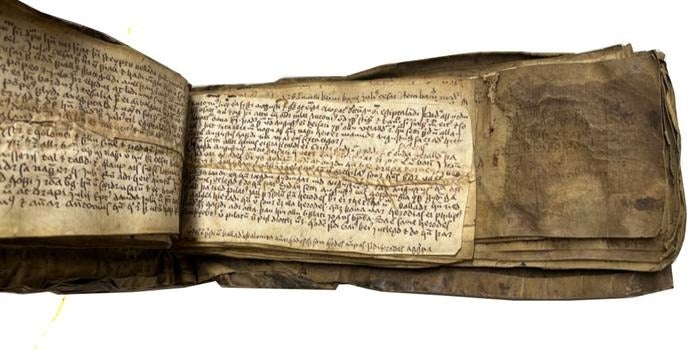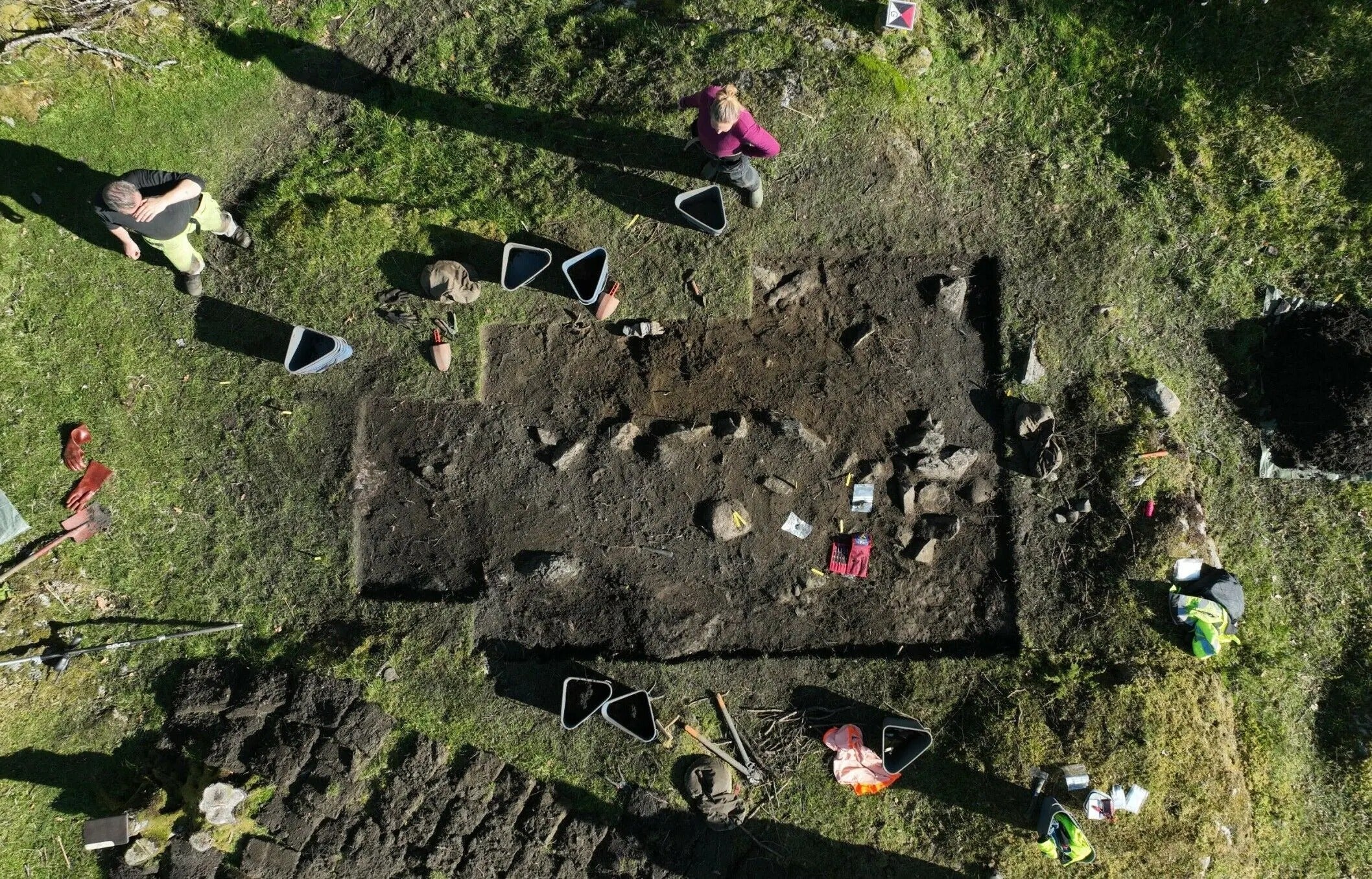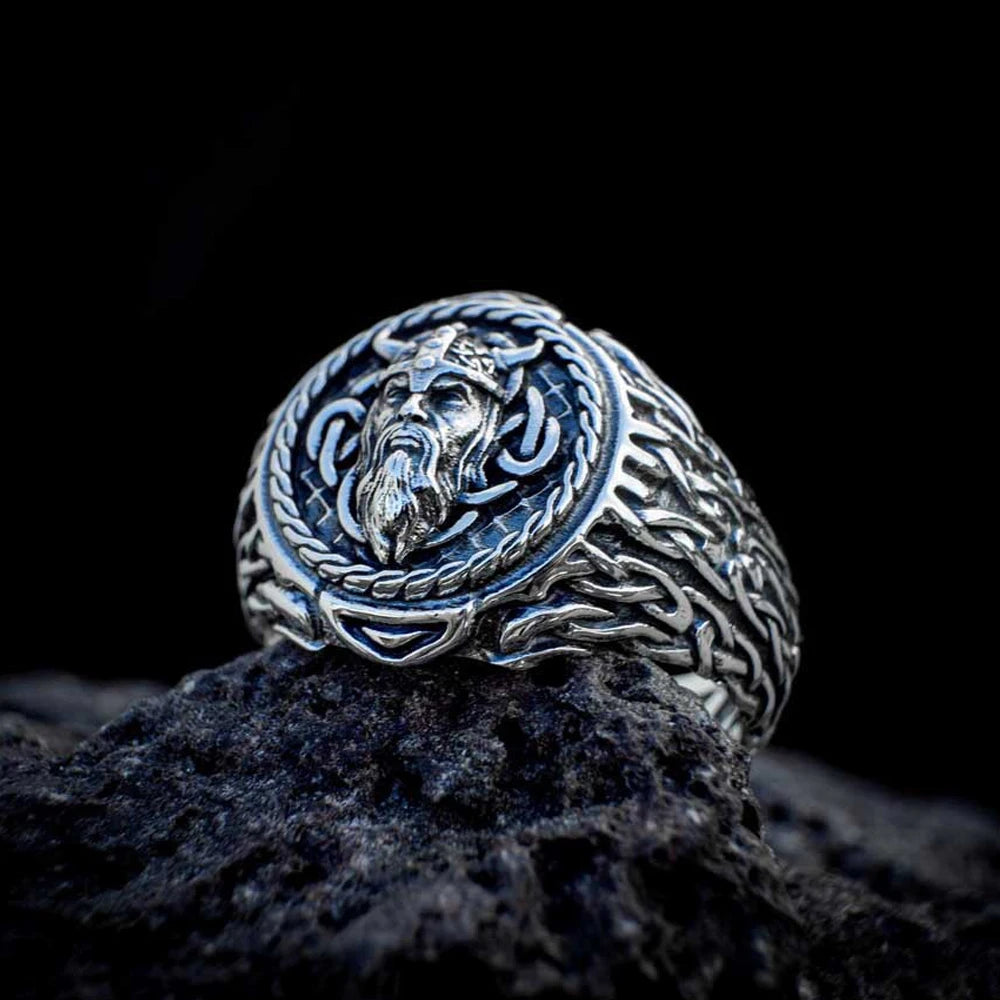Article: Hidden Medieval Stories Found in Iceland’s Recycled Parchments

Hidden Medieval Stories Found in Iceland’s Recycled Parchments
In a groundbreaking discovery, medieval Iceland has begun to reveal fragments of its forgotten Latin literary heritage, hidden within ancient recycled parchments. These "palimpsests," manuscripts reused by medieval Icelandic scribes, are providing new insights into the island's historical connections with Europe, especially during a time when Iceland's role in intellectual and religious life has long been debated.
This revelation, championed by Tom Lorenz, a PhD research fellow at the Norwegian University of Science and Technology (NTNU), brings forward an entirely new understanding of Iceland's cultural exchange with Europe in the medieval period. For years, scholars have painted a picture of Iceland as a remote, isolated island, where the harsh conditions bred a unique, inward-looking culture focused primarily on storytelling and poetry. But Lorenz's findings, unearthed through meticulous investigation of recycled medieval manuscripts, challenge this view.
The Palimpsests: A Window into Iceland’s Forgotten Intellectual Life
At the heart of these discoveries are the medieval palimpsests—parchments that were scraped clean to make way for newer texts. In an era where valuable calfskin parchment was a scarce resource, scribes sought to reuse these materials by erasing their original writings and adding new content on top. While this practice was widespread across medieval Europe, Iceland’s palimpsests carry a distinctive significance.
What makes Iceland’s palimpsests stand out from the rest of Europe is their unusual use in the production of early printed books. This unique recycling technique, which evolved after the Reformation, involved the removal of Latin religious texts to make room for works in Icelandic. This shift was part of a broader effort to promote the Icelandic language, which had become central to the Protestant reforms sweeping through Europe at the time. By uncovering these palimpsests, Lorenz’s research highlights Iceland’s involvement in the broader European intellectual and theological currents of the period.
The Recycled Fragments: Hymns, Prayers, and Sermons
Through advanced methods like infrared imaging, as well as the careful examination of faint traces of original text that often shine through newer writings, researchers have uncovered a wealth of Latin fragments. These fragments include hymns, prayers, sermons, hagiographies, and church music—texts that reflect a vibrant intellectual culture in medieval Iceland. These findings contribute to a deeper understanding of the theological and liturgical texts circulating within Iceland at the time, demonstrating that Icelanders were deeply integrated into the intellectual life of Europe, despite the isolation often associated with the island.
Lorenz explains, "The texts show that medieval Icelanders followed and participated in European intellectual culture." This is a significant shift in our understanding of Iceland’s role in the Middle Ages, revealing that the island was not as isolated as once thought, but rather part of a complex network of cultural and intellectual exchanges across Europe.
Reclaiming Forgotten History: The Role of Manuscript Preservation
The importance of these discoveries is compounded by the history of manuscript preservation in Iceland. Beginning in the 17th century, Danish authorities undertook efforts to collect and preserve Iceland’s medieval manuscripts, with Árni Magnússon, the renowned Icelandic archivist, playing a pivotal role. Magnússon’s extensive collection, now recognized by UNESCO, focuses predominantly on Old Norse texts, often overlooking Latin manuscripts. These Latin works, many of which were repurposed as book covers, had been largely forgotten until recent investigations brought them to light.
The palimpsests, therefore, not only provide valuable insight into Iceland’s past but also represent a rare opportunity to reclaim fragments of a historical narrative that had long been overlooked. These findings underscore the complexity of Iceland’s medieval history, offering a more nuanced view of the island’s place in European intellectual, religious, and cultural movements.
The Detective Work Behind the Discovery
The process of uncovering these hidden texts is no simple task. It involves a combination of modern technology and old-fashioned detective work. Researchers rely on techniques such as infrared imaging to reveal the faintest traces of the original texts, but many fragments are legible to the naked eye. It’s a meticulous process, requiring a deep understanding of medieval writing practices, a sharp eye for detail, and a willingness to dive into the long-forgotten history preserved within these manuscripts.
The careful extraction of these texts adds a new dimension to our understanding of medieval Iceland, filling in gaps in the historical record that had remained for centuries.
Tom Lorenz’s research and the ongoing investigation into Iceland’s recycled parchments are not just about uncovering forgotten texts; they’re about rewriting Iceland’s medieval story. These discoveries reveal an island deeply connected to the intellectual and religious currents of medieval Europe. Iceland’s cultural exchanges with countries like Britain, Germany, Denmark, and Norway were far more significant than previously thought, and the palimpsests offer tangible proof of this interaction.
References
Lorenz, T. (2024). Hidden Medieval Stories Found in Iceland’s Recycled Parchments. Norwegian University of Science and Technology. ScienceBlog.







